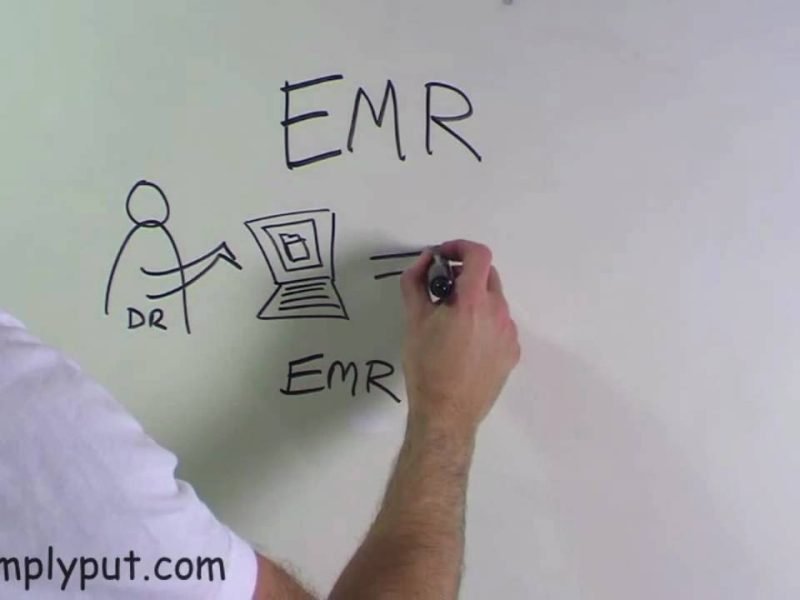A patient chart is a complete record of a patient’s data and medical history. It includes the patient’s medications, treatment plans, progress notes. A good patient chart should easily show data about a patient. Things like vitals, allergies, immunization dates and test results.
Patient Charting is a very vital aspect of running a hospital. Patient charts inform doctors and nurses on how to go about providing care. They convey information essential to patients and their treatments. If a patient has a team of doctors and nurses, the patient’s chart keeps all of them in the loop and allows them to see what the treatment process has been like so that the patient is not administered a wrong and potentially dangerous medication.
Good documentation on patient charts can also serve as a protection for the hospital in the face of legal action. Properly documented records can help build a legal defence or of their actions in case something goes wrong.
The importance of proper patient charting cannot is very important. It must be treated with extreme caution and attention to detail. The way a hospital handles patient charts is important because it says a lot about how much they care about the health of their patients.
Types of Patient Charts
Hand-written patient charts: In the past, hospitals have relied on handwritten patient charts as a way of keeping records. Data is written with a pen and paper and stored in folders which are then kept in storerooms where they can easily get lost or be damaged. Over time, the ink on the paper fades, along with whatever data that it was used to document. As technology has developed, the shortcomings of hand-written patient charts have become too glaring to ignore.
Hospitals are fast-paced environments and it’s easy for any mistake made by doctors or nurses to be missed. Added to that is the ineligibility of doctors handwritings. A nurse or lab attendant can misread a patient’s chart and more often than not, they do and that mistake puts patients in unnecessary danger.
Hand-written patient charts are also problematic because they are easily accessible. If someone were ill-intentioned, they could access a patient’s chart with relative ease and potentially cause harm to a patient and it would be untraceable.
Furthermore, paper patient charts are capital and space intensive. The folders and papers used for patient charts cost money to buy and the spaces they occupy could serve more beneficial purposes.
Electronic Medical Records: Computer-based patient charts or electronic medical record systems (EMRs) are a much better and more efficient upgrade on handwritten patient charts. A good EMR closes the loopholes of lost or fragmented records and collates actionable data for the hospital to use to help improve its care delivery. It also eliminates the hazards of misread doctors notes because everything is typed and legible, neatly organized and accessible only by authorized personnel. Good EMRs are especially easy to use, requiring little to no training. They streamline actions and processes and make communication between hospital teams seamless so that no one is out of the loop. It is, however, important to point out that electronic patient charts are not always a sure bet. Using substandard EMR platforms can do more harm than good. A bad EMR can cause data loss, allow lapses and vulnerability to malware attacks which can be dangerous to patients information. The solution to this is to get EMRs software from trustworthy providers, like AaceHIMS who have a track record of keeping with recommended best practices.
In the final analysis, hospitals that value their patients take the time and resources to ensure that their patient charts are stored in the safest and most efficient way.


